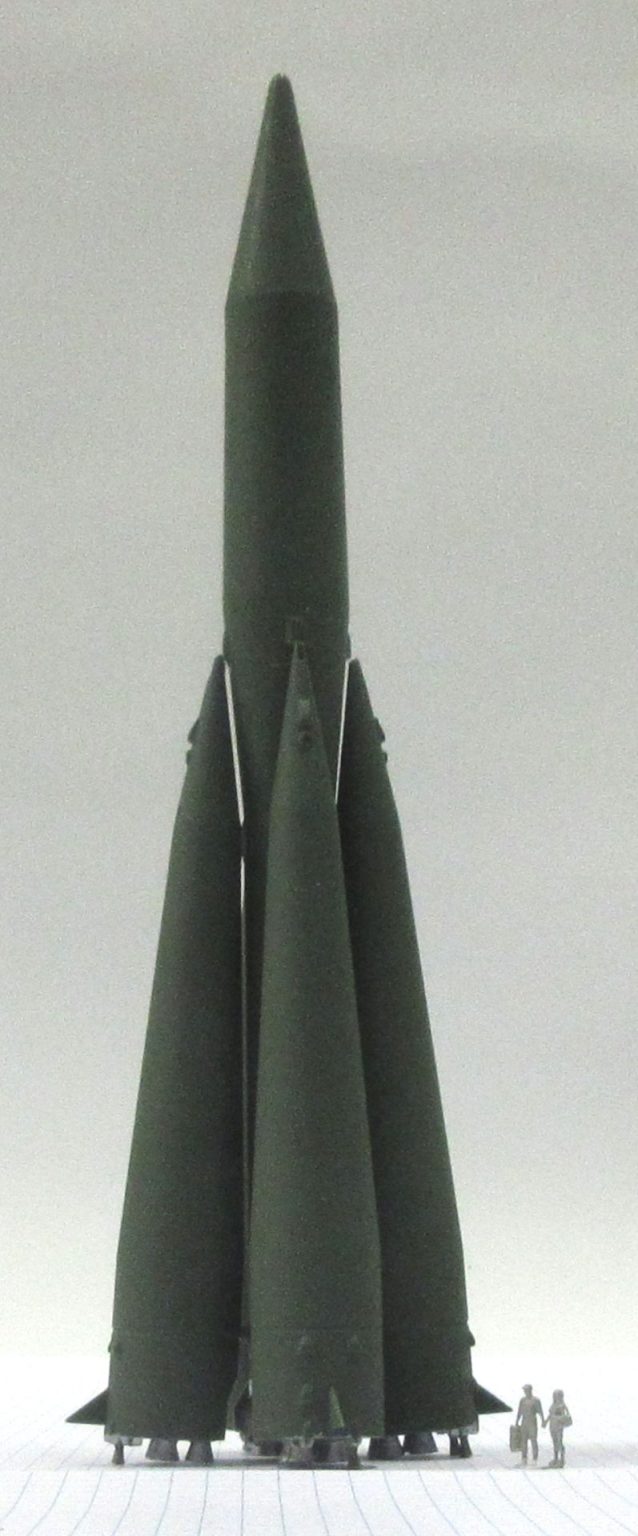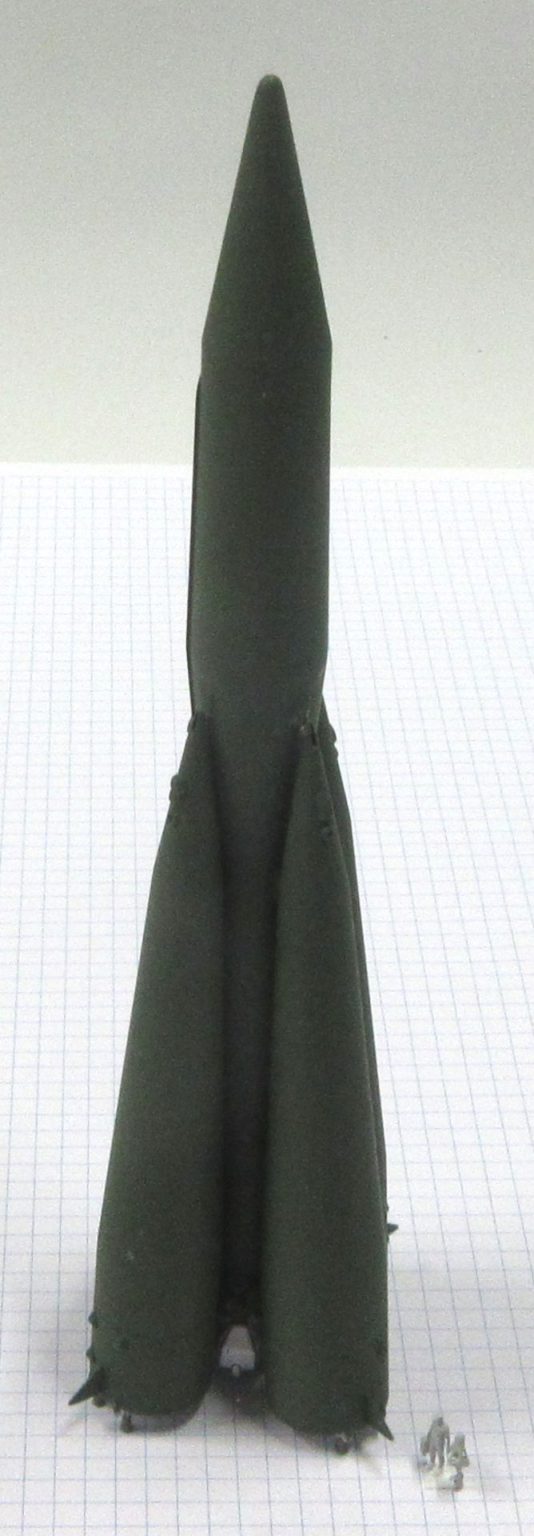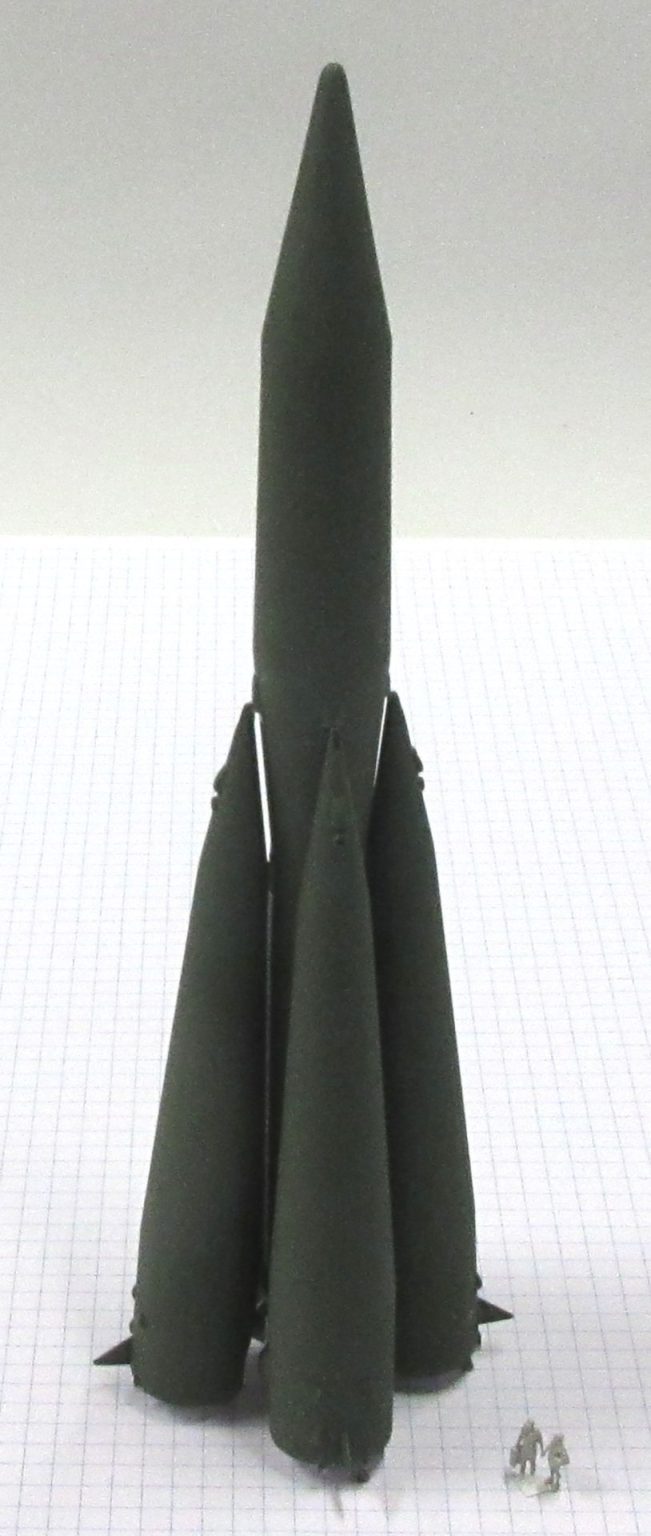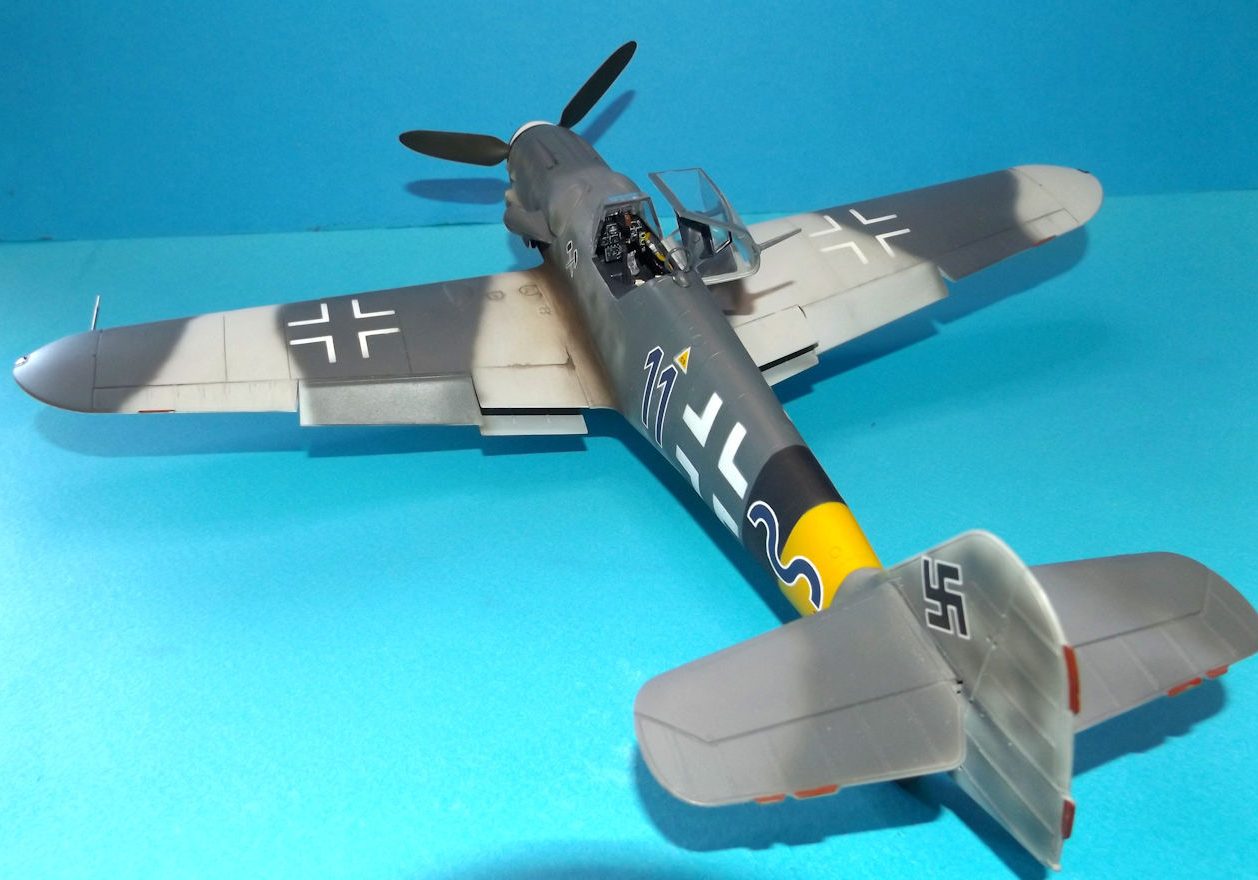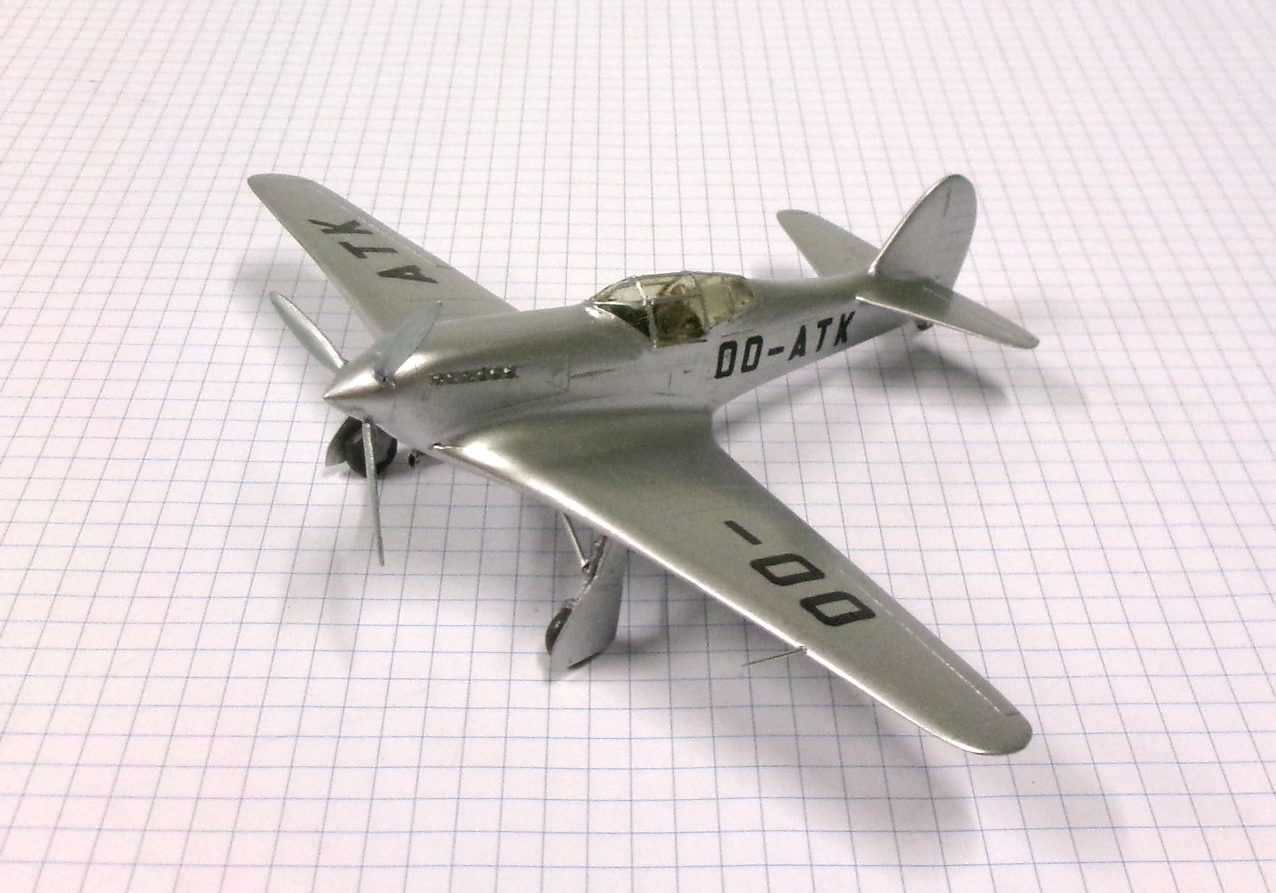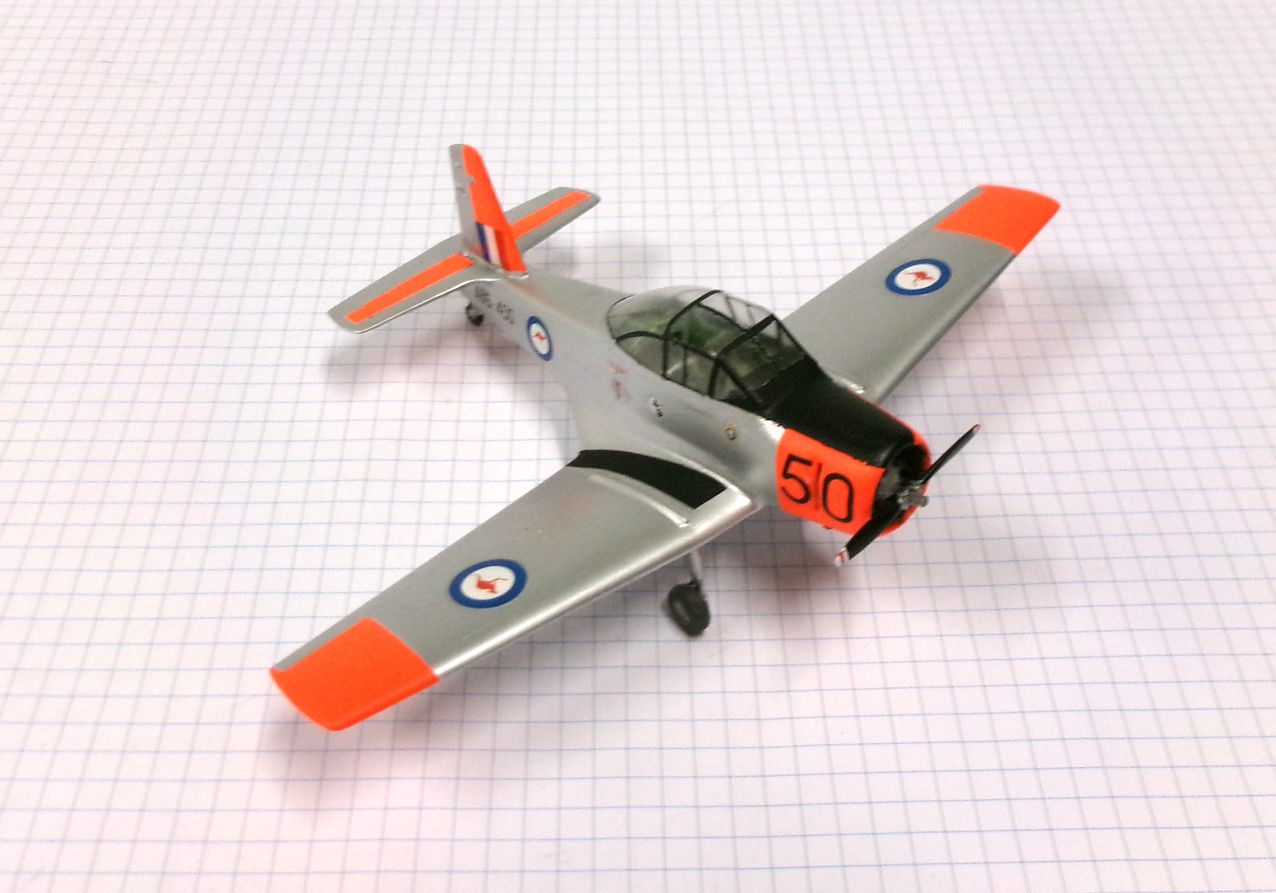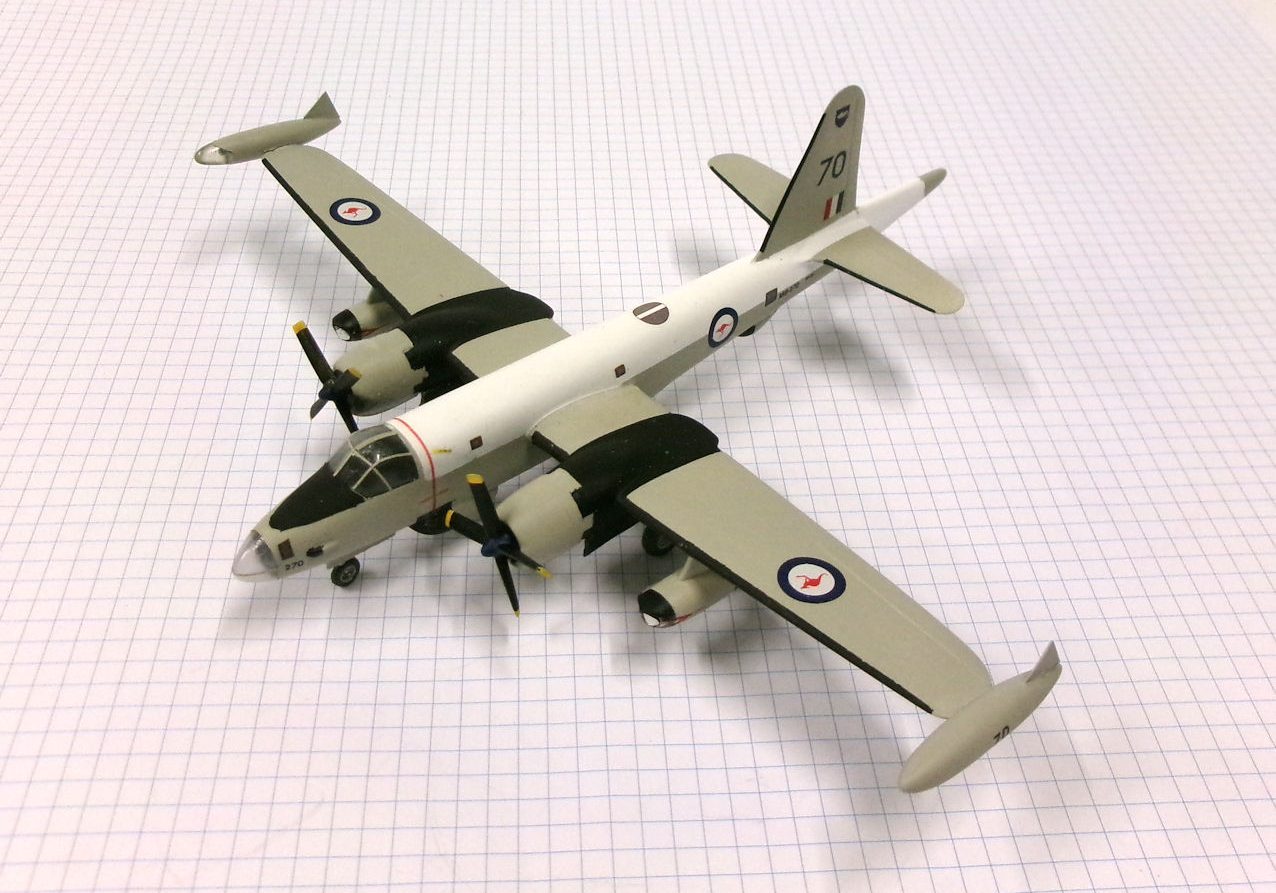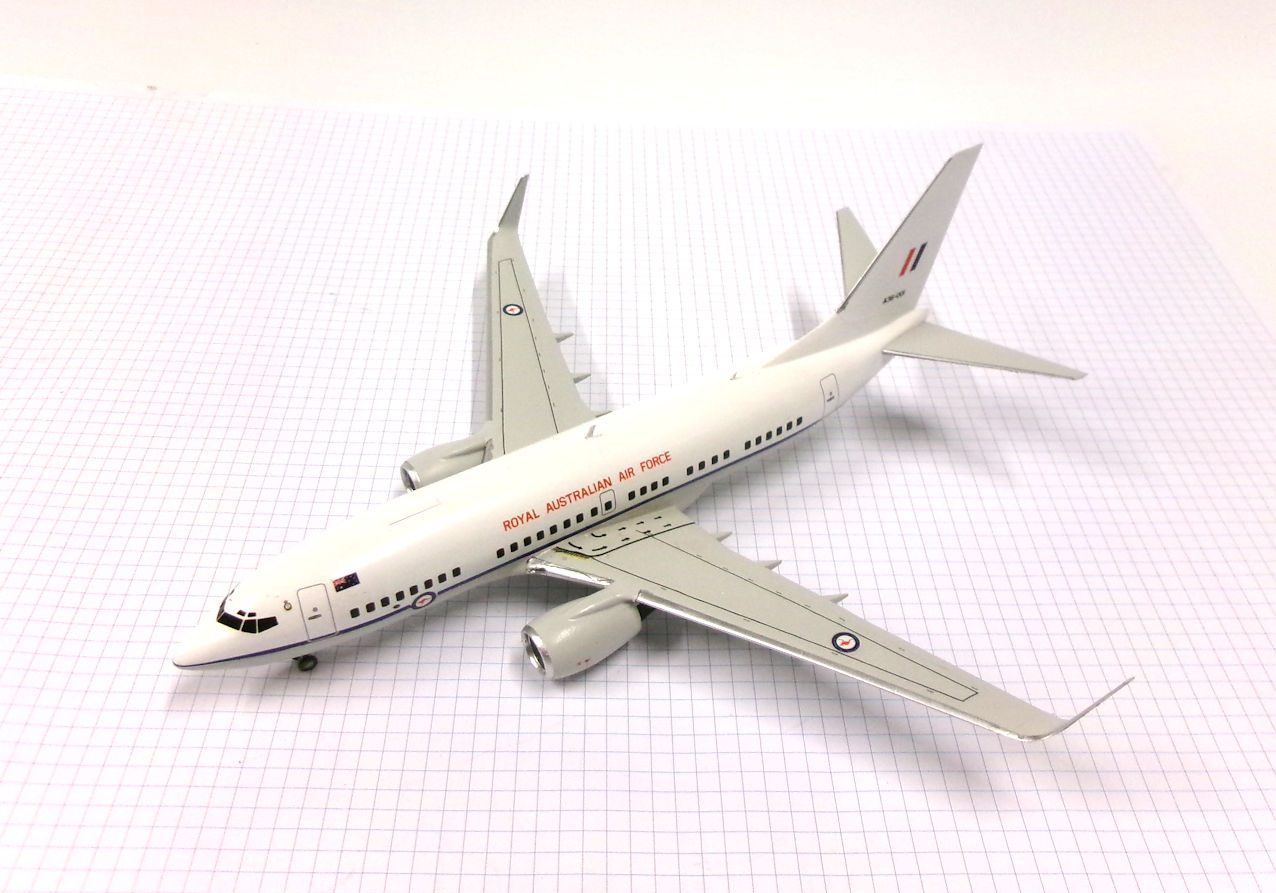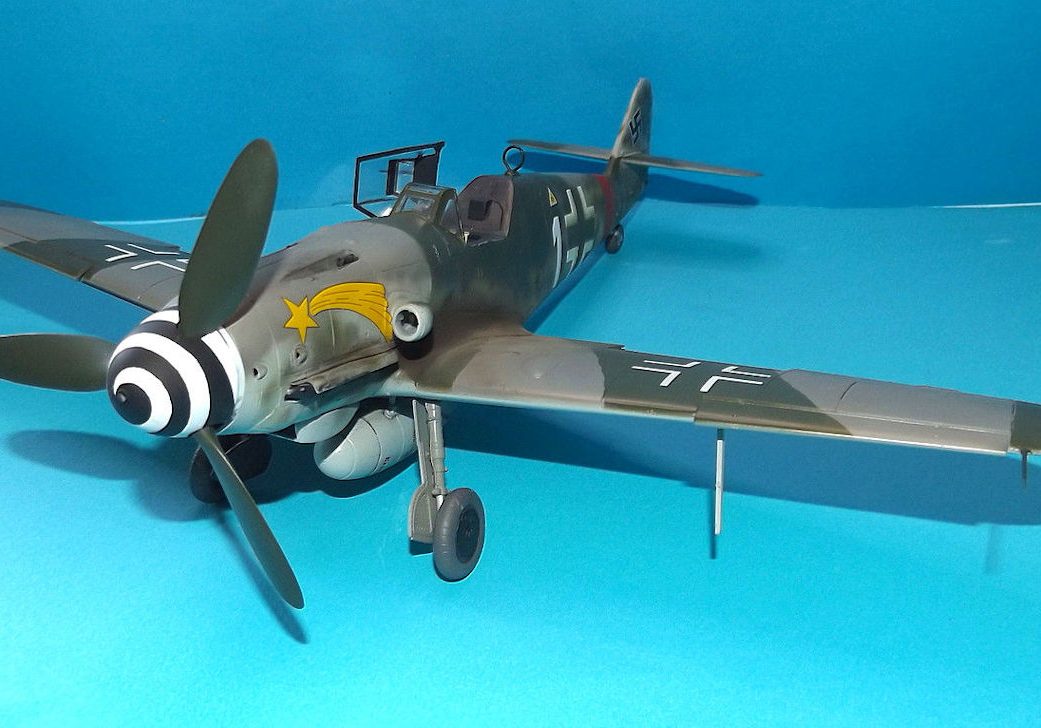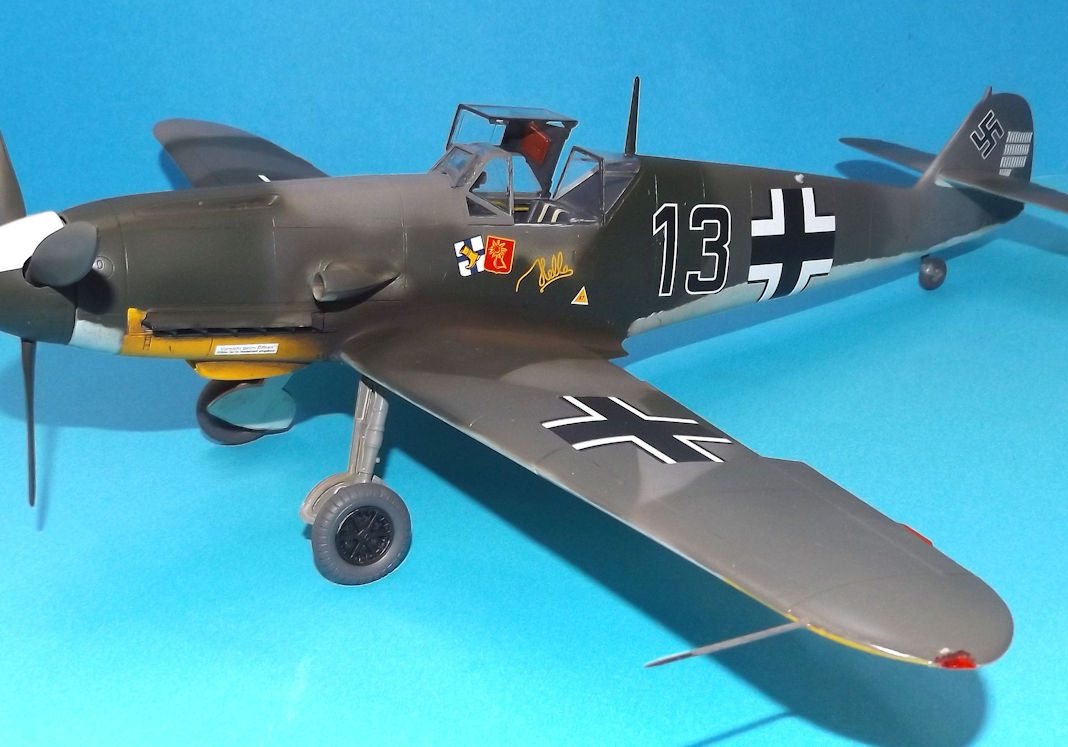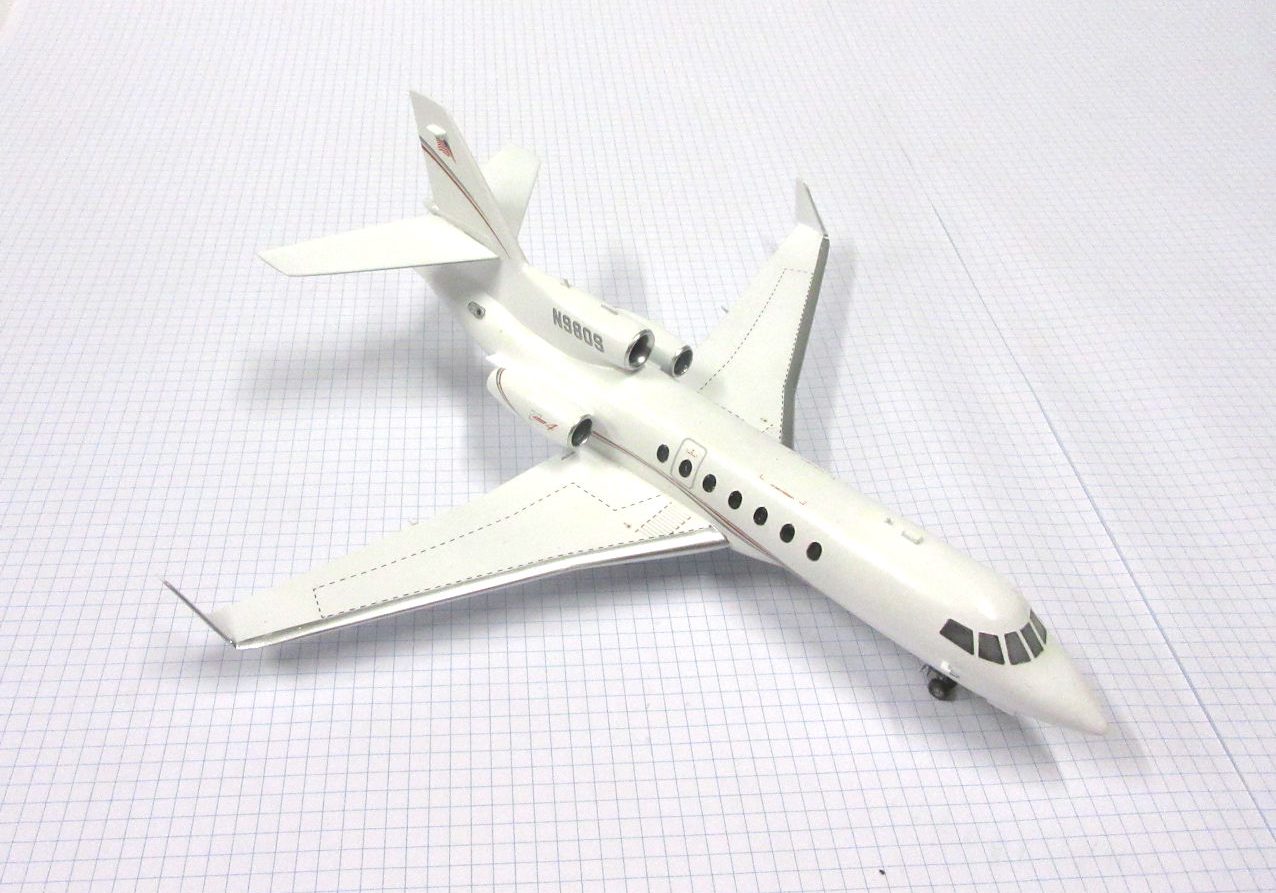History
The R-7A, known in Russia as the 8K74 and in the West as the SS-6 (Sapwood) was the world’s first intercontinental ballistic missile. It was unsuccessful as a weapon but became the launcher for Russia’s space effort.
Development of the R-7 to deliver an atomic bomb over intercontinental distances began in 1953 and the first test flight occurred on 20 May 1957.
The lighter R-7A was developed from 1954 and first tested on 2 July 1958.
Deployment began in 1960 and they were operational by the Cuban Missile Crisis.
However, it took up to 20 hours to ready them for launch and they could only be kept on standby for a day.
They also required large and expensive launch facilities that made then vulnerable to a first strike so they were soon replaced by the next generation of ICBMs.
However, they became the basis of Russia’s space efforts and remain in use toady.
This model represents an operational 8K74 deployed in the early 1960s.
Maquette1/144 kit completed by Leigh Edmonds in August 2007.

